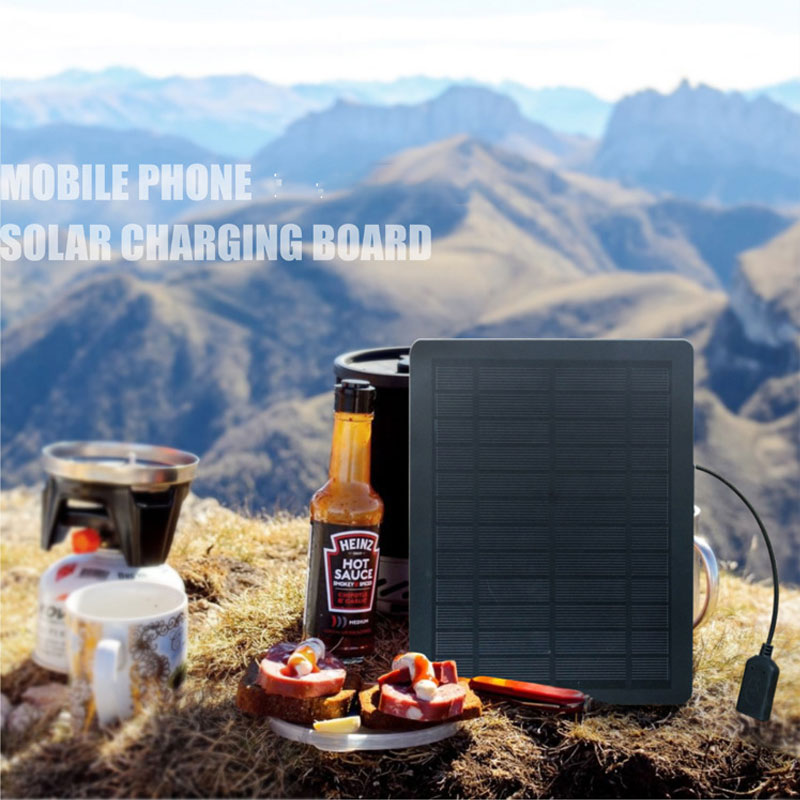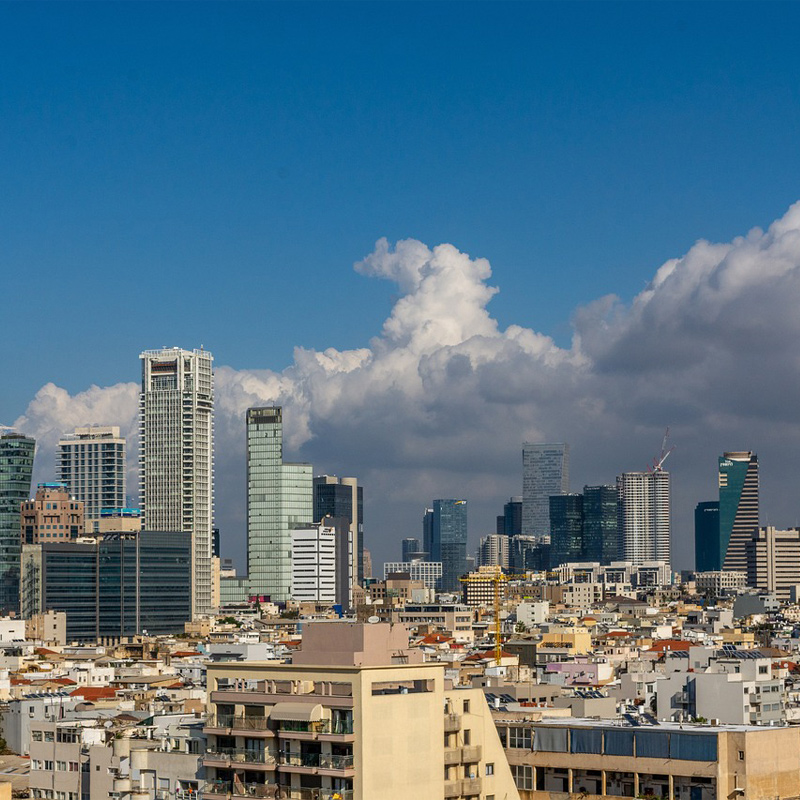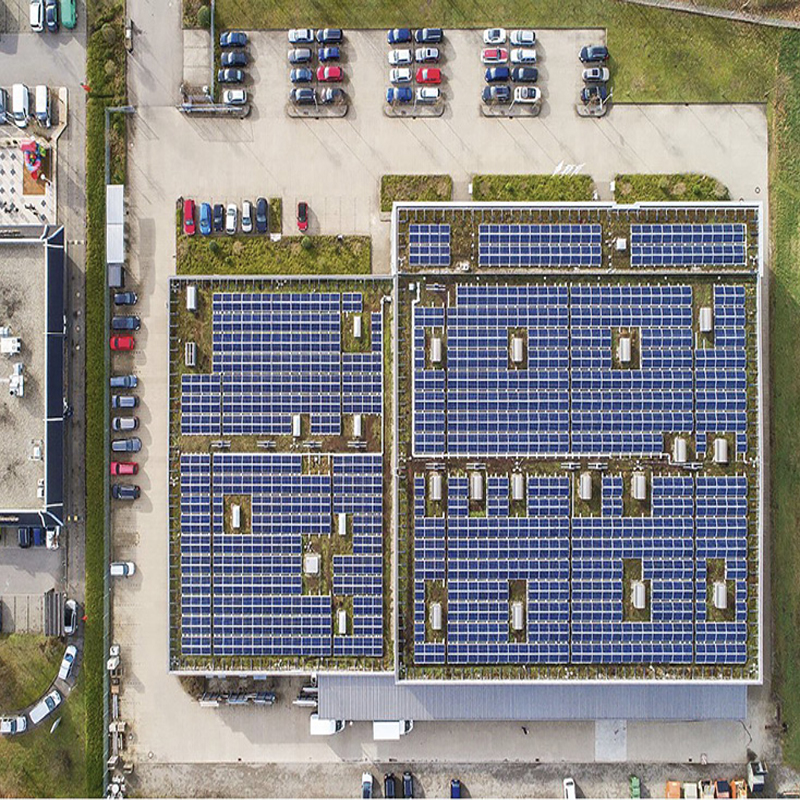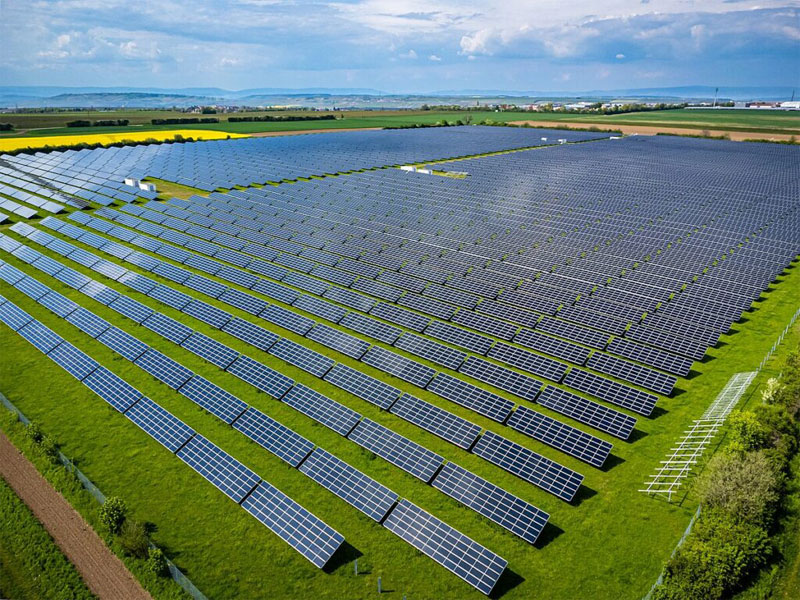Italy 2023, Installed up to 5KW,Photovoltaic Resurgence.
This year is no exception and will continue this trend.
Paolo Viscontini, president of the Italian Solar Energy Industry Association, said that in the first half of 2023,
Italy's installed capacity will almost match that of the whole of 2022, at 2.3GW, and is expected to reach at
least 4GW for the whole year, and possibly even 5GW, depending on the large-scale projects that are underway.
One would need to go back more than a decade to find such high figures. in 2011, Italy added almost 10GW of solar electric capacity, and was the European PV powerhouse at the time.

Household PV projects, paid for by the state
In the first half of this year, about 47% of new electricity additions in Italy came from residential projects. One of the main drivers of the new solar capacity came from the 110% Superbonus program, which supports the installation of solar modules in the residential market as well as the adoption of battery storage.
"These systems are also installed with energy storage, which is actually paid for by the state, which brings in a 110 percent tax credit and can also be resold to a third party." Viscontini added that the program helps residents install both solar and storage.

However, the Superbonus program ended in February of this year, allowing only existing projects to be implemented.
There is still a standard rebate policy of 50 percent over 10 years, but it is not as effective as the Superbonus policy and is unlikely to reach the same level in terms of the number of new additions.
Viscontini said that this has not prevented household solar from becoming the main driver of solar PV in Italy; in the first half of 2023, 1.1GW of new household solar capacity was installed, compared with 1GW for the whole of 2022.
"Our expectation for this year is that after a pretty good first half of the year, but the market may decline in the second half of the year."
Visconti said the dip itself favors the C&I sector, as most companies were previously busy with the Superbonus program and can now focus on developing more C&I projects. Despite electricity prices being much lower than a year ago, demand for C&I projects remained strong and "steadily growing" until the end of June.

Commercial, industrial and ground-mounted power plant growth
According to PV Tech, Italy's residential solar and C&I markets are concentrated in the northern region, which is home to nearly half of the population and most of the industry, and where many small and medium-sized companies are headquartered. In the first half of the year, four of the top five regions with the highest installed solar PV capacity came from the north, with only Sicily (140MW, ranked fifth) coming from the south.
In the first six months of 2023, the Lombardy region leads all Italian regions with 429MW of installed solar capacity, followed by the Veneto and EmiliaRomagna regions with 353MW and 235MW respectively.
The gap between north and south doesn't stop there, with the south dominated by large-scale ground-based projects, Viscontini said, adding that Veneto is one of the few northern regions that has seen large-scale projects come on stream in the past.
In early 2010, the Puglia region was the main area for large-scale ground-mounted projects. At that time, there was a big increase in solar power generation in Italy, and "now, it's very difficult to get authorizations in Sicily."" This region of Sicily has developed most of the large projects in the last two or three years."
Viscontini expects the market for large ground-mounted projects to grow this year as many large projects under construction near completion and awaiting a "very difficult authorization process," while the vast majority of projects are still under development.
"Pending projects are over 8GW. that was a few months ago, and now it could even reach almost 10GW. but only a few of these systems are under construction. Why? Because it's not easy to sign PPAs (power purchase agreements) at sustainable prices."
Most of these large ground-mounted PV projects are located in the south of Italy, where it is difficult to obtain higher tariffs because electricity consumption is not as high there as in the north, he continued. In addition, as more and more projects are being installed, they are cannibalizing each other's demand, with offers higher than electricity demand.
As our sister site Energy-storage.news reports, energy storage is attracting strong interest from developers and investors, and the use of energy storage can help increase PPA prices for large ground-based projects in the South.

The most important aspect of large-scale ground-mounted projects may be related to the utilization of solar PV co-located with agricultural land, which could solve the problem of scarcity of land available for the development of ground-mounted solar PV in Italy without any restriction, as a recent report by McKinsey & Company shows. Italy is one of the head agricultural PV countries in Europe and is set to grow further.
Agricultural PV projects set for rapid growth
Last year, Italy's Ministry of Agricultural, Food and Forestry Policies launched a €1.5 billion ($1.57 billion) program designed to incentivize the development of agricultural PV projects. Not only that, the Italian government also submitted a draft decree called decreto aree idonee (suitable areas decree), which contains some of the implementation of agricultural photovoltaic-related content, which will make restrictions on how to build solar energy projects on agricultural land.

Viscontini said that these restrictions depend on how the project is built. For example, projects using ordinary tracking mounts would be limited
to 10 percent of the entire farmland area." This means that we have to find new land that is somehow linked to the land that will be effectively
covered by the modules. This creates a lot of difficulties in terms of cost and also complicates the authorization process."
Agricultural activities between the rows of the arrays would increase the available land limit share to 20 percent, and in order to use the full
amount of agricultural land, projects would need to consider elevated mounting systems, raising the height of these projects up to five meters,
which is also referred to as innovative or elevated agricultural PV systems.

According to Viscontini, this barrier will lead to higher investment costs. However, despite these stricter regulations, Viscontini expects agricultural
PV to grow in the future.
"It is foreseeable that agricultural PV projects will grow rapidly in the coming years."



